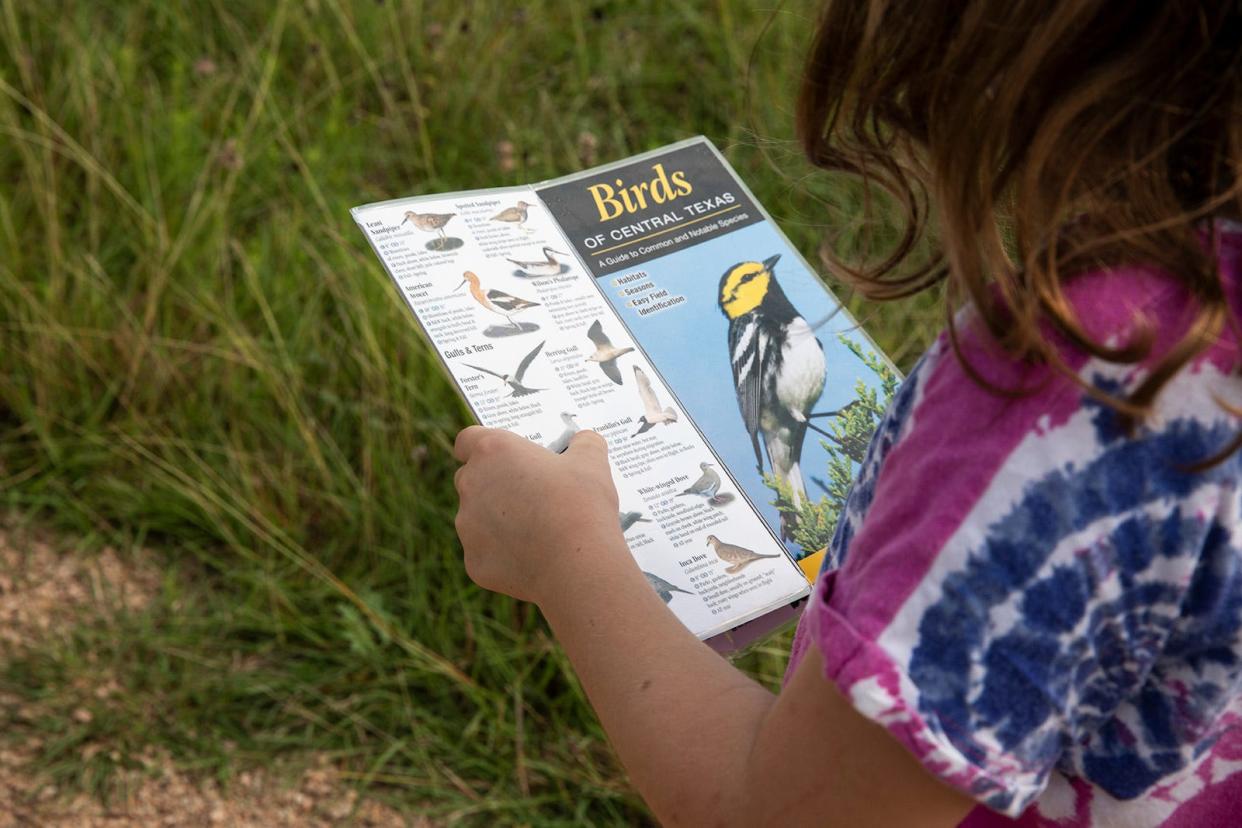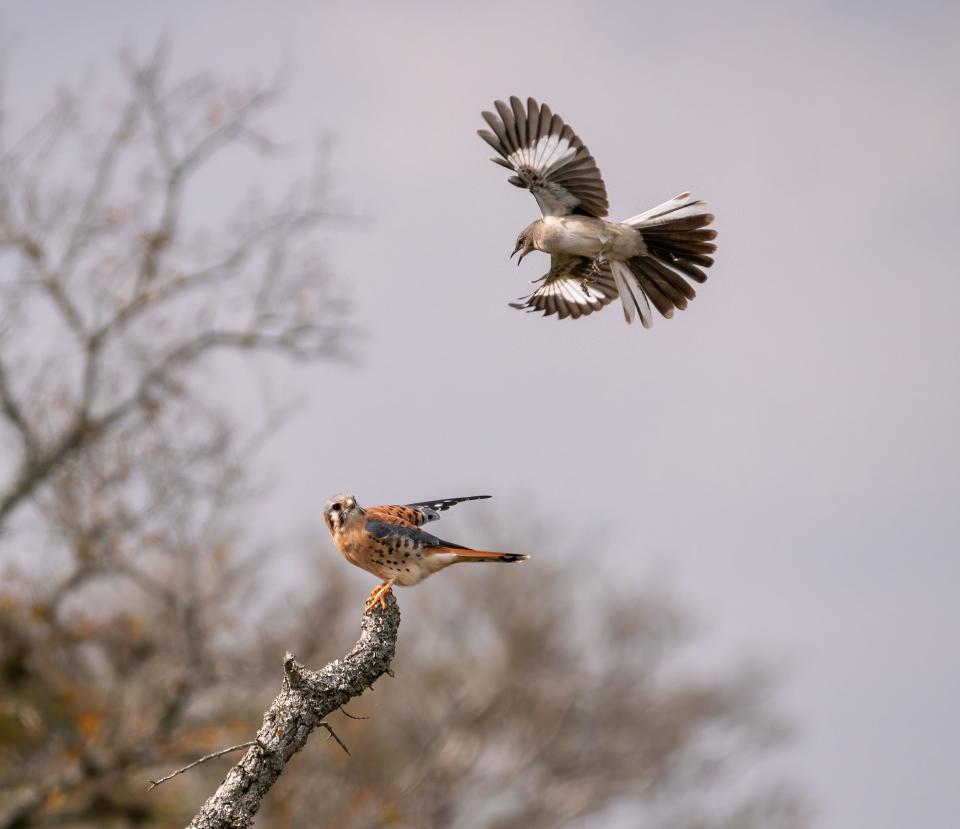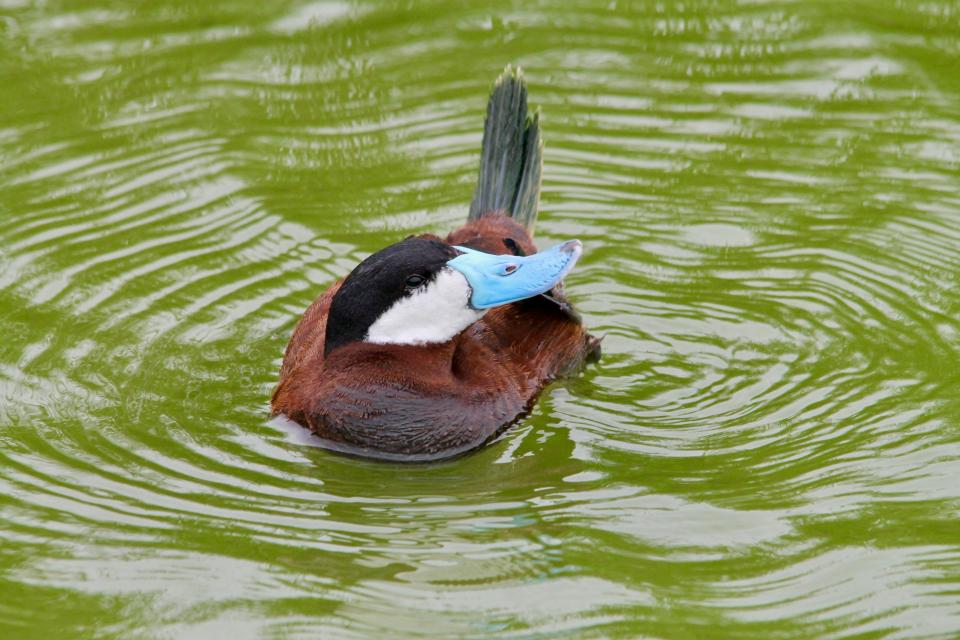Austin is now part of Bird City Texas — here's what that means for our feathered friends

Austin birders already know that this is one of the top birding cities in Texas.
Just in time for spring migration, the Texas Parks and Wildlife Department, along with advocacy group Audubon Texas, have made it official.
In addition to Cedar Hill in the Dallas-Fort Worth area, Austin has been added this year to the Bird City Texas flock for their efforts to ensure that birds, wildlife and people thrive in their communities. The two places will be certified as bird-friendly through at least 2026.
“Where birds thrive, people prosper,” Audubon Texas spokeswoman Chloe Crumley says. “Bird City Texas is an opportunity for communities to commit to standards that elevate urban areas to be ecologically richer and in turn offer us more beautiful, resilient and healthful places to live.”
More: Calling all birders: Here are the 12 best bird-watching spots in Central Texas
What exactly does Bird City Texas mean?

The Bird City Texas program began in 2020. Seven other cities have been certified, meaning that they have initiated bird-friendly programs, such as protecting habitats and educating their communities about the value of wildlife.
Surfside Beach, Galveston, Houston, Bastrop, San Antonio, Port Aransas and Dallas are among the participating Texas cities so far.
According to organizers, the Bird City Texas communities have attracted 2.2 million bird watchers in Texas, which contributes to an estimated $1.8 billion economic impact from Texas wildlife viewing across the state.
What do those cities do once certified as bird-friendly?

Cities and towns will host a variety of events across the state in support of breeding birds migrating back to northern nesting territories, as well as World Migratory Bird Day on May 13. The websites for Audubon Texas and Texas Parks and Wildlife provide more info about how to support birds.
More: Austin is home for world-famous nature tour guide
There must be some specific reasons why Austin is a birding hotspot, right?
We've already thought about this. In 2018, my former colleague, Addie Broyles, and I quizzed experts and came up with a story under the headline "How Austin became a birder mecca."
Four distinct nearby ecosystems attract a wide variety of birds. "Within an hour’s drive, to the east you have post oak savannah and patches of eastern pine forests," Victor Emanuel, captain of Austin-based Victor Emanuel Tours, one of the world's most respected organizers of nature tourism, told us in 2018. "To the west, you have the Hill Country, a unique region covered in ashe juniper with limestone ledges and clear streams. To the north, the Great Plains with rolling prairies that are now mostly farmlands, and to the south, what is called the Tamaulipan thorn brush country. And then just three hours away is the Texas coast, one of the richest for birds in the world."
Austin is home to some major-league conservationists. "The Travis Audubon Society gives out the Victor Emanuel Conservation Awards at a luncheon each year," our 2018 story continued. "The past winners lend a sense of the community that quietly preserves or revives green spaces or particular species, including J. David Bamberger of the miraculously restored Bamberger Ranch, prairie preserver Mickey Burleson, Shield Ranch founder Bob Ayres, chimney swift saviors Paul and Georgean Kyle and all-round nature hero Andy Sansom."
As I can attest, area birders like to help relatively new birders like myself. "Travis Audubon conducts beginner bird walks on the first Saturday of every month, as well as family nature days and numerous field trips," we reported. "A newer group, Williamson Audubon Group, has more than 700 members through Meetup.com."
The conservancy movement makes a huge impact here. "In addition to bird-specific groups, the area is blessed with various and sometimes quite effective nonprofits that use compacts with private landowners, among other strategies, to keep bird habitats in place," the 2018 story attested. "These include the Nature Conservancy of Texas and Hill Country Conservancy, as well as parks and green space conservancies."
We're on a bird highway. From our story: "In addition to the year-round bird population, dozens of other species pass through every year in what is called the central flyway, one of several north-south bird 'highways.' Sitting under this migratory path along a geographic divide between eastern and western parts of North America, Austin welcomes birds and birders from all over with open arms and binoculars held high."
Go to tpwd.texas.gov/wildlife/birding/bird-city-texas for more information.
This article originally appeared on Austin American-Statesman: How Austin became part of Bird City Texas and why birding is big her

